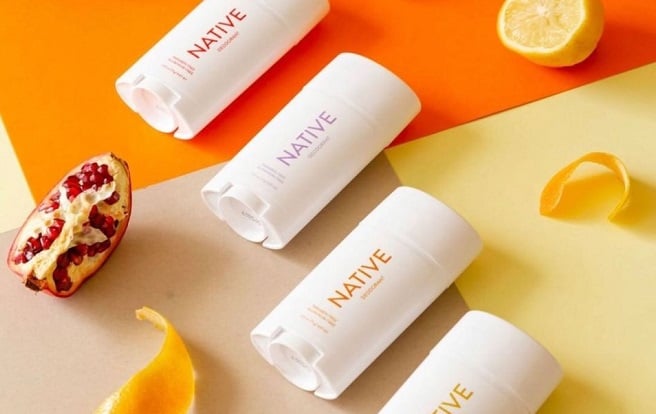Retention marketing
How to do customer lifecycle marketing driven by cohort analysis, CLV maximization, repeat rate optimization and retention reports.
Starting with ecommerce customer retention marketing
Ecommerce is booming, getting new customers is getting harder and pricier. How do you grow in cut-throat competition? You work with what you already have – and paid for!
Retention marketing and brand equity enables sales to your existing customers.
What is customer retention marketing?
12 Post-purchase emails for loyalty and repeat orders
Post-purchase emails are an essential part of customer retention marketing. They are follow up email campaigns after the first order and the aim is to engage existing customers more, make them loyal and drive repeat sales.
Most of the best customer retention strategies rely on such emails.
This is a very different approach than simply sending mass emails with every new promotion you come up with.
Post-purchase emails need to be tailored and to give value to the customer in order to build a mutually beneficial relationship.
If they’re just promotional and pushy, people will stop opening them and you will lose them as repeat customers.
Examples of post purchase email campaigns
Order frequency rate: how to make people buy more often
Order frequency rate is an important ecommerce metric that says a lot about your brand. The drive of people to shop again and again measures how loyal they’re to the brand, how essential your product is for their lives, how often they can afford it and if you’re a first choice or a substitute.
Huge brands like H&M and Zara churn out new models a few times a month exactly to drive frequent orders. Their strategy is to make people visit their (offline and online) stores often to see what’s new. No need for complex marketing campaigns, just the excitement of finding something interesting every time makes people buy more often. You don’t need to sell fast fashion, to do the same.
Customer retention strategies that work for DTC brands
DTC brands are increasingly relying on customer retention strategies for growth. Why? Because they see how retention impacts the bottom line and gives them room to breathe, invest in new products and expansions. Scaling at a loss is no longer an option. Retention gets you revenue without the marketing budget.
In a recent survey among ecommerce companies we work with, we found that the average retention rate is about 28%. But it strongly varies across product niches – from 21% for tea to 36% for CBD products. Other retention metrics like revenue share from repeat orders, time between orders, number of orders per customer, LTV and AOV also vary across industries.
How to engage VIP customers to keep them for longer
VIP customers are invaluable for ecommerce brands, bringing about 60% of revenue on average. They are loyal, shopping repeatedly from you, which means lower costs and higher profits. VIP customers are also involved with the brand, checking in often and spreading the word about you.
Every brand would be aiming at getting an army of VIP customers who share its values, who shop without being tortured into it and who vouch for it. The VIPs are your biggest fans. They deserve to be treated specially because you can rely on them for recurring orders. Special attention will make them even more loyal and engaged, driving even more revenue, community spirit and referrals your way.
This article is about finding your best customers and getting to know them better so you can engage with them and keep them for longer. You’d be reaping all the benefits of a positive customer relationship.
Boost ecommerce sales through the shipping experience
Customer retention is a vital asset for growing your ecommerce business and establishing your brand. The revenue from a single repeat customer is equal to that of up to seven new one-time customers.
Also, up to 40% of online retailers’ revenue comes from repeat customers, even though they are only 8% of the all shoppers. Because repeat business is potentially such a gold mine for ecommerce retailers, it’s essential to increase your repeat purchase rate. You’ve probably tried various smart tools for getting your customers to keep coming back. But here’s something you may not have considered before: the shipping options your offer are actually one of the most powerful tools at your disposal for boosting customer retention and driving repeat business.







